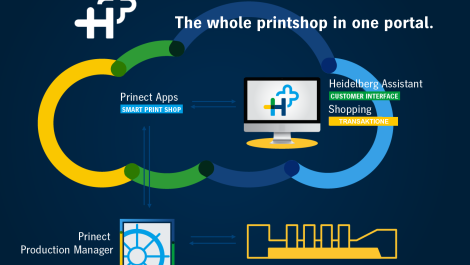The weekly Verdigris blog by Laurel Brunner
One of the things that standards compliance and process automation helps companies achieve is cost efficiency and improved margins. Too many business owners bleat about the cost of standards compliance or of workflow and process management technologies. The bleaters take what is really a very short term view, mostly based on ignorance. They misguidedly believe that investment in process control and standards compliance yields no financial gain. But concern about the cost and hassle of setting up new workflows and production models misses the point.
Take ISO 14001, the ISO standard for environmental management systems. Most companies who apply ISO 14001 to their businesses do so in order to please either the business owners or important customers. They might also undergo certification in order to be included in requests for quotations. They may go through the process somewhat reluctantly, resenting the cost and the distraction from running the business. There are rare exceptions to this general rule, but these exceptions are the companies that shine. They are mostly organisations whose shareholders or management have the vision and enthusiasm to invest in technology and process management.
This idea of investing in process management and technology is something to take seriously, because it’s about more than just consultant’s yackety yack. It’s about accountability and control and is the way to make a business efficient and profitable. Process efficiency is closely aligned to workflow management, and although in the graphic arts we are fortunate enough to have dedicated workflow management systems, we cannot really address process management with technology alone.
Process management requires a wholesale rethinking of the significant processes affecting the business. This includes stuff that Management Information Systems can help with, such as customer data management or accounting functions. However system optimisation based on the needs of your company cannot be achieved without committed brainpower, often that of an outsider. Applying new thinking to old processes is a bit like rearranging the furniture, so that a room is more convenient and comfortable: more fit for purpose. Or configuring a factory so that production equipment is organised to match the natural flow of a manufacturing process. This is common enough in the printing industry, but the model doesn’t always include the equivalent in process control.
The point about new technology or rejigging processes is to improve production and business efficiency. Allowing the business to change and evolve in this way takes faith. But the willingness to invest in process and technology upgrades sets successful graphics companies apart from the crowd. These are the companies who know exactly how much each job adds to the bottom line, not just the top. They are the organisations that print buyers and publishers turn to because they can be trusted to deliver and keep their businesses alive.





